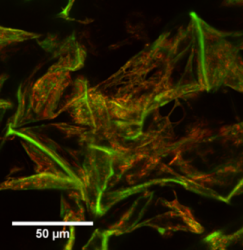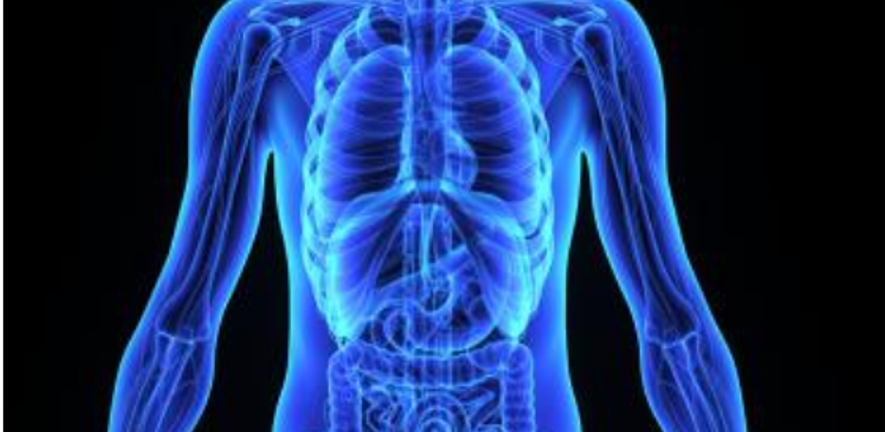
The Healthcare Challenge Area aims to optimise the efficacy of medical-interventions and drug delivery devices through a combination of cell biology and innovative development of novel materials and structures. Our vision encompasses projects that address specific clinical needs, through to those that offer a novel technological “push” - with corresponding levels of translation readiness. The research includes strong outward linkages with clinicians, biologists, biochemists, physicists, chemists and engineers.
Applications include, devices for neural conduits, dermal grafts, cardiovascular patches, orthopaedic implants, model systems for the development of cancer therapies, bioreactor substrates, sensing and analysis, materials and strategies for wound healing, pharmaceutical materials science, monitoring equipment-related hardware and healthcare photonics.
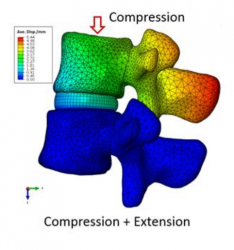
To develop next generation orthopaedic implants, it is essential to understand the chemical, biological and mechanical properties of both the natural tissue and the structures intended to replace them. Research in the area encompasses computational modelling, materials development and advanced in-vitro cell culture techniques.
Computational simulations for pharmaceutical powders (Elliott)
In pharmaceutical product development, it is important to understand the complex relationships between powder flow and compaction behaviour to determine the ease of manufacture of a particular compound or formulation. Recent advances in numerical modelling have enabled optimisation of process- and materials design. Parameters calculated from molecular crystal structures in larger scale particle-based models can be used to analyse larger amounts of powder through constitutive relations in finite element simulations. Processes such as tablet spray coating can also be studied, where intrinsic variations in coating thickness are linked to tablet mixing through geometric and frictional forces between the tablets
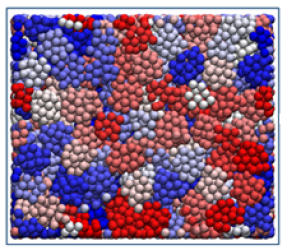
A “touchscreen” for cells (Kar-Narayan)
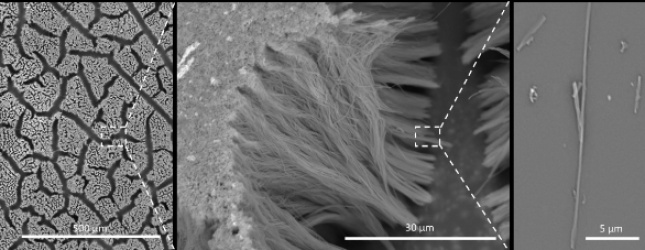
To interface with the exceptionally small forces and length-scales in cellular systems, a sensing element has been created using piezoelectric nanowires of poly lactic acid (PLLA). The aim is to incorporating them into a grid of electrodes, to give appropriate spatial resolution for force measurements thereby creating a touch sensor for cells.
Scaffolds for tissue regeneration need to offer the appropriate chemistry and three dimensional environment for cell penetration throughout the structure. Using freeze drying, is possible to produce a range of different pore architectures. Selective cell growth and migration can be encouraged by mimicking the heterogeneous nature of the tissue environment and there is the potential to control scaffold surface chemistry both through choice of macromolecular structure and selective peptide attachment. A number of target applications have been identified for this technology, including dermal grafting, nerve conduits and cardiac repair using stem cells.
